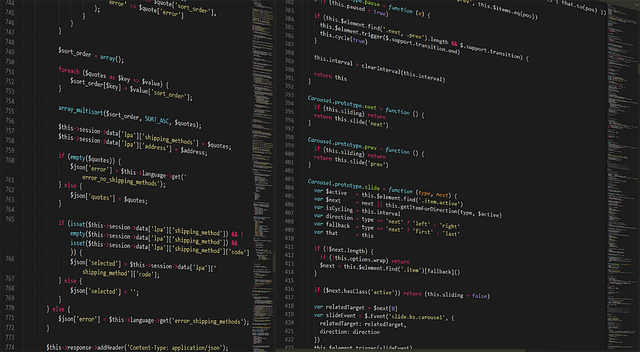Ensuring Real Estate Safety: Compliance with Structural Regulations

Real estate professionals prioritize structural integrity through compliance with regulations crucia…….
Welcome to an in-depth exploration of building codes, the unsung heroes that underpin our built environment. This article aims to demystify these complex regulations and shed light on their pivotal role in ensuring safety, quality, and sustainability in construction projects worldwide. By delving into various aspects, from historical context to global adoption, we will uncover how building codes influence every stage of a structure’s lifecycle. Through this journey, readers will gain valuable insights into the critical mission of these codes in shaping our cities and communities.
Definition: Building codes are a comprehensive set of regulations and standards that dictate the design, construction, and maintenance of buildings and infrastructure. They serve as a blueprint for safety, ensuring structures meet minimum performance requirements to protect occupants, users, and the public at large.
Core Components:
Historical Context:
Building codes have evolved significantly over centuries, shaped by technological advancements, societal needs, and catastrophic events. Ancient civilizations had rudimentary building practices governed by local customs and traditions. However, major disasters like the collapse of the Roman Colosseum or the Great Fire of London in 1666 led to the first attempts at regulating construction through laws and standards.
The Industrial Revolution brought about significant changes, leading to the development of more stringent codes to address the unique challenges of mass production and urban growth. The early 20th century saw the establishment of model building codes, such as the International Building Code (IBC), which has since become a cornerstone in modern construction regulations worldwide.
Building codes have transcended geographical boundaries, fostering a sense of global standardization in construction practices. However, they are also influenced by local climates, cultural preferences, and economic factors, resulting in variations across regions.
International Influence:
Regional Adaptations:
The implementation of building codes has significant economic implications, affecting various stakeholders within the construction industry. Understanding these dynamics is crucial for assessing the overall impact and potential returns on investment in code compliance.
Market Dynamics:
Investment Patterns:
Economic Systems and Codes:
The digital age has brought about transformative changes in construction technologies, many of which directly influence building codes. These innovations not only enhance safety but also drive the evolution of regulatory frameworks to keep pace with rapid advancements.
Key Technologies and Their Impact:
A case study from the United Kingdom illustrates the benefits of Building Information Modeling (BIM) in code enforcement. In London, the Mayor’s Smart City initiative mandated the use of BIM for all public construction projects by 2016. This decision led to several significant outcomes:
While building codes are essential for public safety, they also present challenges that stakeholders must address to ensure their effectiveness and adaptability.
Challenges:
Opportunities:
Building codes are an indispensable tool for ensuring the safety, resilience, and sustainability of our built environment. As we navigate a rapidly changing world, these codes must remain dynamic, adaptable, and responsive to technological advancements and evolving societal needs. Through global collaboration, digital innovation, and continuous improvement, building codes will continue to play a pivotal role in shaping the cities and communities of the future.

Real estate professionals prioritize structural integrity through compliance with regulations crucia…….

Adhering to stringent safety norms is crucial in real estate for creating secure and accessible prop…….

In real estate development, safety and functionality are paramount. Developers must integrate compre…….

In real estate, knowledge of structural regulations is crucial for developers and owners to ensure b…….

In real estate, structural regulations, including building codes and material standards, ensure safe…….

In dynamic real estate market, staying informed through regular market updates, powered by data anal…….

In real estate, safety is paramount, driving demand for homes integrating advanced technology, energ…….

Navigating real estate involves understanding local compliance regulations, including zoning laws, b…….

Navigating local compliance guidelines is crucial in real estate, ensuring properties meet safety an…….

Real estate professionals must identify and address common property hazards for occupant safety and…….